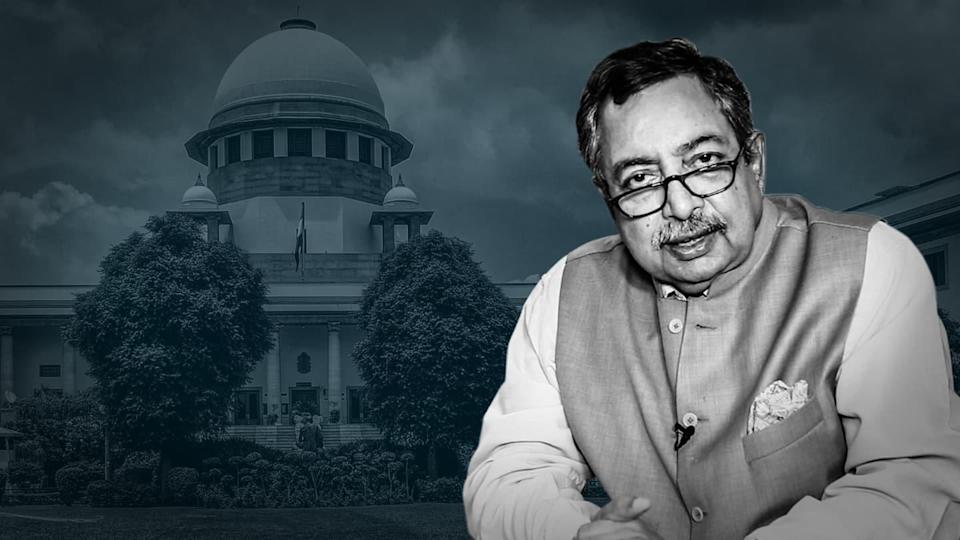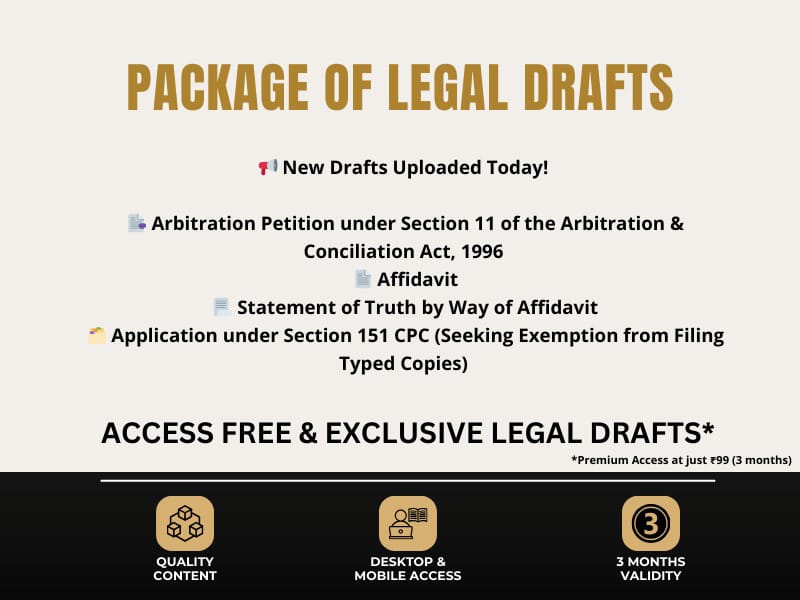Vainashvi Nair
Examining Vinod Dua judgment in the light of Kedar Nath Singh precedent: The case of alleged seditious journalism
Case: Vinod Dua vs. Union of India [WP(Crl) .154 of 2020]
Bench: Justices Uday Umesh Lalit and Vineet Saran
Citation: LL 2021 SC 266
The rise of social media has evolved into key communication tools that enable people to exercise their right to free speech and expression while also disseminating information and opinions. Twitter and Facebook have recently removed or censored political information critical of India’s government. Many people are also being charged with sedition for freely engaging in their right to free speech which is constitutionally protected.
In 1870, the IPC was amended to include a sedition statute, Section 124A of the IPC which reads as-
“Whoever, by words, either spoken or written, or by signs, or by visible representation, or otherwise, brings or attempts to bring into hatred or contempt, or excites or attempts to excite disaffection towards, the Government established by law in India, shall be punished with imprisonment for life, to which fine may be added, or with imprisonment which may extend to three years, to which fine may be added, or with fine.”
The colonial legislation was based on the British Sedition Act of 1661, which was enacted to protect His Majesty’s Government against treasonous and seditious actions.
One of the landmark cases about sedition in India has to be Kedar Nath Singh versus State of Bihar[1] (1962), The Supreme Court ruled that Section 124A was constitutional because it put a reasonable limit on Article 19(1). (a). The Court interpreted Section 124A to mean that conduct having the purpose or inclination to cause unrest, disruption of law and order, or encouragement to violence would be punishable.
The petitioners argued that the Supreme Court in Kedar Nath’s case did not read down the provision far enough. Sustaining “intention” and “tendency” as bases for criminal culpability implies that these essentially subjective concepts will be used (and exploited) to punish people who haven’t done anything illegal.
On March 30, Dua was accused of making certain comments on his YouTube program, “Vinod Dua Show.” Dua was also charged with violating the Disaster Management Act, which included distributing misleading content and communicating fraudulent statements. On the basis of a complaint by BJP Mahasu unit president Ajay Shyam, Dua was charged under sections 124A (sedition), 268 (public annoyance), 501 (publishing content known to be defamatory), and 505 (statements conducive to public mischief).
The journalist had allegedly accused Prime Minister Narendra Modi of manipulating “deaths and terror attacks” to get votes, according to the complaint. The senior journalist challenged the FIR in Supreme Court and asked for “exemplary damages for harassment.”
Dua’s request that a committee comprised of the Chief Justice of the state high court or a judge designated by him, the leader of the opposition, and the state’s home minister prevent state police from registering sedition cases against any media personnel with 10 years’ experience was denied by Justice Lalit’s bench.
Senior counsel Vikas Singh, Dua’s counsel, challenged the accusations and defended him by using the right to freedom of speech and expression. He maintained that it was Dua’s right as a journalist to question the government. The court determined that Vinod Dua’s words on his program were an outward manifestation of disapproval of government activities so that the main issue might be solved promptly and efficiently.
The Court concluded by saying the statements were obviously not made with the goal to encourage others or to indicate a predisposition to foment disruption or disrupt public peace by resorting to violence.
In light of the Kedar Nath Singh judgment, which defined the scope and ambit of Sections 124A and 505 of the IPC, which deal with sedition and public mischief, the court has once again held that “every journalist will be entitled to protection” – this effectively means that a journalist cannot face FIR for raising concerns and criticizing the government unless there is an “active call for incendiary activity.”
Read the judgment here.
REFERENCES:
“Vinod Dua given anticipatory bail in defamation case ….” https://www.hindustantimes.com/india-news/vinod-dua-given-anticipatory-bail-in-defamation-case/story-jkcjcrstAYmuy7K5rMHuLJ.html.
“All you need to know about the Vinod Dua sedition case ….” 27 Oct. 2020, https://blog.ipleaders.in/need-know-vinod-dua-sedition-case/.
“SC quashes sedition case against Vinod Dua : The Tribune India.” 03 Jun. 2021, https://www.tribuneindia.com/news/nation/sc-quashes-sedition-case-against-vinod-dua-262798.
“Vinod Dua given anticipatory bail in defamation case ….” https://www.hindustantimes.com/india-news/vinod-dua-given-anticipatory-bail-in-defamation-case/story-jkcjcrstAYmuy7K5rMHuLJ.html.
“VINOD DUA GETS RELIEF AS SUPREME COURT QUASHES SEDITION ….” 04 Jun. 2021, https://kanoonsangrah.com/vinod-dua-gets-relief-as-supreme-court-quashes-sedition-charges/.
“Sedition – Section 124A IPC – Law Times Journal.” 29 Nov. 2018, https://lawtimesjournal.in/sedition-section-124a-ipc/.
“Explained: The landmark 1962 judgment … – indianexpress.com.” 03 Jun. 2021, https://indianexpress.com/article/explained/explained-kedar-nath-singh-judgment-the-1962-verdict-sc-quoted-in-vinod-dua-sedition-case-7343003/.
“Kedar Nath Singh vs. State of Bihar – Case Summary – E ….” 28 May. 2021, https://www.ejusticeindia.com/kedar-nath-singh-vs-state-of-bihar-case-summary/.
[1] Kedar Nath Singh versus State of Bihar 1962 AIR 955, 1962 SCR Supl. (2) 769
Disclaimer: The views and opinions expressed in the articles on this website are those of the authors and do not necessarily reflect or represent the views and opinions held by the website owner.


